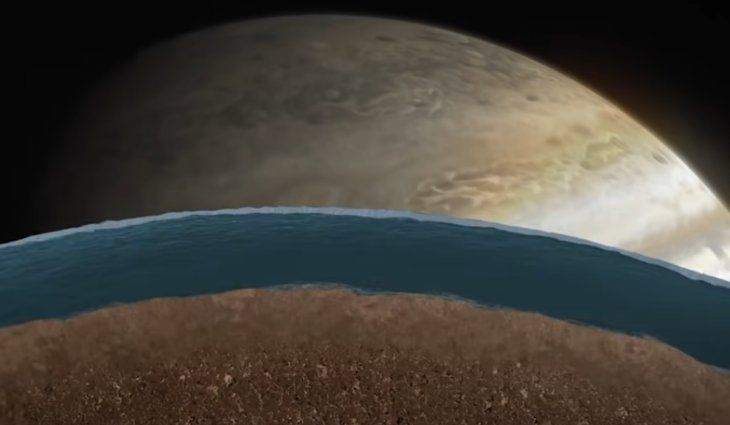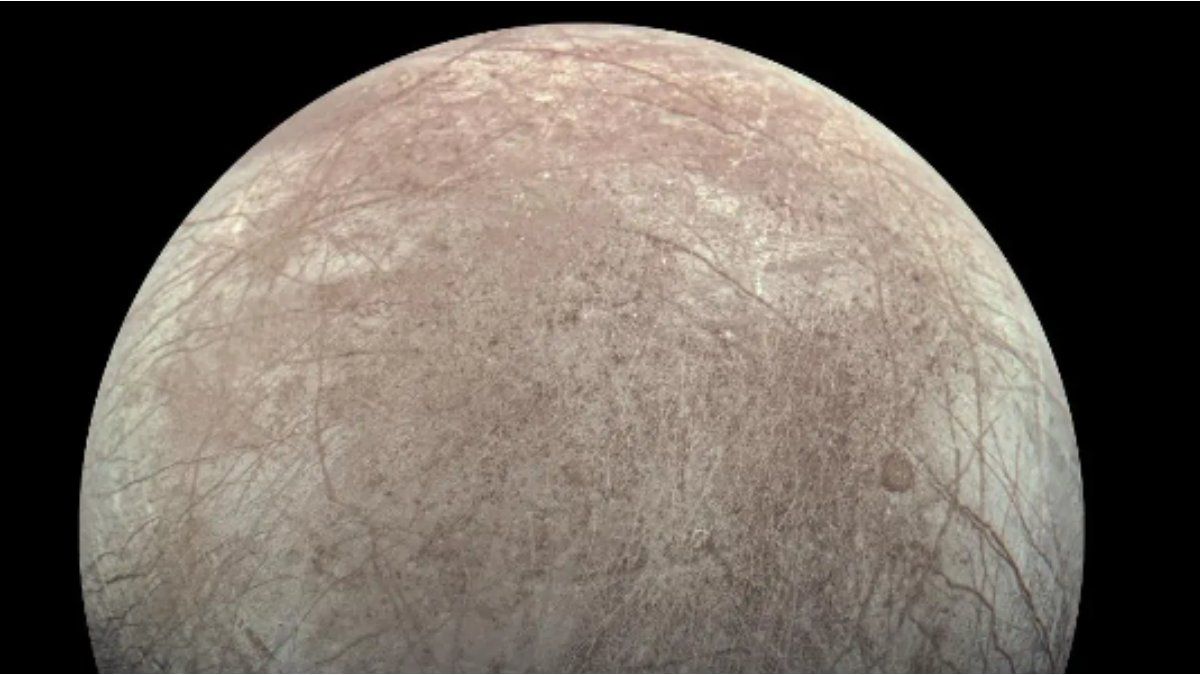The probe of the NASA Europa Clippertook off this Monday from the United States heading to a moon of the planet Jupiterto investigate whether its composition allows it to accommodate lifea discovery that would have dizzying implications.
It is a world that American space agency has not yet observed in such detail, where your journey will be long and will take a long time, so patience and expectation will be the keys to enduring. The mission will reach Europeone of Jupiter’s satellites, in April 2030.
europe clipper.png
The probe took off attached to a SpaceX Falcon Heavy rocket.
POT
Scientists estimate that beneath the ice surface, there is a liquid water ocean. “Europe is one of the most promising for the search for life beyond Land“, he assured in a press conference prior to the launch, Gina DiBraccioNASA official.
What are the objectives
The mission will not directly search for signs of life but will try to answer the question of its habitability: Does Europe have sufficient conditions that allow life to exist and develop? If so, another mission should go to try to detect it.
“It’s an opportunity for us to explore not a world that may have been habitable billions of years ago,” like Mars, “but one that could be habitable right now“, said Curt Nieburin charge of the scientific part of the mission. The probe It is the largest designed by NASA for interplanetary exploration, reaching 30 meters long with its extended solar panels, designed to capture the weak light on the way to Jupiter.
The first close images of Europewhose existence has been known since 1610, were made by the voyager probe in 1979which revealed the mysterious reddish lines on its surface. In the 1990s, the Galileo probe confirmed the very likely presence of an ocean.
europe clipper (1).png

After the launch, NASA confirmed having received a first signal from the probe that “works as expected.”
POT
This time, Europa Clippercarries several ultra-sophisticated instruments, including cameras, spectrograph, radars or a magnetometer. The mission must determine the structure and composition of its frozen surface, the depth and even the salinity of the eventual ocean, all in order to understand if the three ingredients necessary for life are found there: the waterthe energy and some components chemicals.
If they exist, life could be in the ocean in the form of primitive bacteriaexplained Bonnie Buratti, deputy scientific officer of the mission. Although too deep for Europa Clipper to see it. What if Europe was finally not habitable? “That would also open up a series of questions: Why do we think that and why is it not there?” he said. Nikki Foxassociate administrator of NASA.
Source: Ambito
I am a 24-year-old writer and journalist who has been working in the news industry for the past two years. I write primarily about market news, so if you’re looking for insights into what’s going on in the stock market or economic indicators, you’ve come to the right place. I also dabble in writing articles on lifestyle trends and pop culture news.




